Honda motorcycle business a gem in messy Nissan union
By BLOOMBERG | 04 February 2025
TOKYO: Honda Motor Co’s crusade to shore up car sales by absorbing Nissan Motor Co could undermine an oft-forgotten but equally vital part of its company: a thriving motorcycle business.
Honda’s two-wheeler segment, which has already cornered 40% of the global market, could be better positioned to expand further if it’s given freedom, or independence, under a new holding structure.
At the same time, its weight and veto power within Honda could mean negotiations may stall if it’s made to bear the brunt of Nissan’s shambolic financial situation.
Honda’s motorcycle division will become “even more important as a profit contributor” if combining with Nissan has a negative effect in the short term, said Julie Boote, an automotive analyst at London-based research firm Pelham Smithers Associates.
The business is important for Honda and executives know it, so they may try to “keep it very much separate”, she said.
Honda and Nissan reached a tentative agreement in December to bring both brands under a holding company slated to list its shares in August 2026.
The two Japanese automakers plan to put forward a framework for the deal in mid-February (the original deadline was late January) with an eye to finalise the transaction in June.
While it’s not yet clear what will happen to the duo’s respective operations, the tie-up quickly led to speculation about the future of Honda’s highly profitable motorcycle unit, and whether it may be ring-fenced from the rest of a combined company or given more freedom, albeit under the same umbrella.
Nissan has much to offer when it comes to manufacturing capacity, a skilled workforce and decades of industry know-how. But it also has baggage – hemorrhaging profit, bloated dealership incentives and unpopular products.
Minoru Kato, the executive officer in charge of Honda’s motorcycle unit, told reporters last week that he doesn’t believe the two-wheeler segment will be impacted by the Nissan deal.
“That said, it’s crucial we find the right synergies as negotiations proceed,” he added.
Even if management did keep the motorcycle business at a distance, taking on Nissan’s financial woes will surely run the risk of damaging Honda’s bottom line.
So far, the steps Nissan has taken to turn around its sorry state have not impressed.
Two-wheelers accounted for about 16% of Honda’s sales for the financial year that ended in March 2024 but an outsized 40%, or around US$3.6bil, of its operating profit.
That was pretty much on par with the US$3.8bil operating profit four-wheelers brought in.
“Not only was Honda founded as a motorcycle company, it’s now a pillar of its profit as a business,” said Bloomberg Intelligence senior auto analyst Tatsuo Yoshida.
From the introduction of the Dream D-Type, the first production motorcycle model in 1949, Honda has grown to become the world’s biggest motorcycle producer.
It can make more than 20 million bikes a year at 37 production facilities in 23 countries and territories, and deliver them via a network of over 30,000 dealerships.
But the industry’s shift towards electrification could prove a sleeper threat to the division’s dominance, and perhaps is another reason that shielding it from Nissan may make sense.
Honda aims to debut 30 electric models and sell four million electric bikes annually by 2030.
It hopes to eventually claim half of the world’s motorcycle market, both gas and electric, with growth mainly coming from a region Honda calls the Global South – primarily India, Indonesia and the Philippines, as well as Brazil and other countries in South and Central America.
BloombergNEF predicted that global sales of two-wheelers will reach 105 million by the end of this decade, up from 96 million in 2024.
The segment, it said, will peak around 2035 when some established motorcycle markets will hit a saturation point and consumers start to switch to other modes of personal transport.
Tags
Autos Honda
Reviews
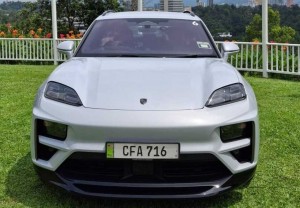
Porsche Macan EV: Re-energised exhilaration
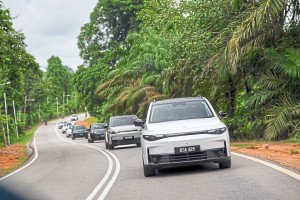
All-electric Leapmotor C10 SUV ticks all the right boxes
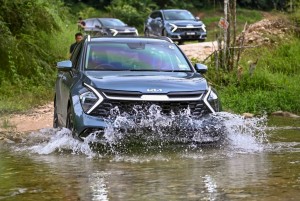
New Kia Sportage: Versatile and stylish
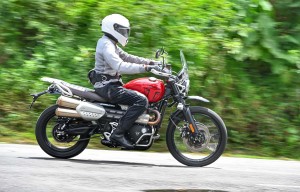
6.6
Triumph Scrambler 1200 X: A good balancing act
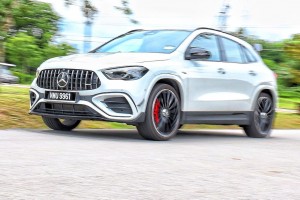
8.3
Mercedes-AMG GLA 45 S 4Matic+: Poking the pocket rocket
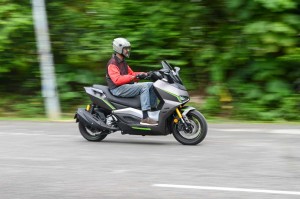
8.0
Moda Sporter-S 250: A new player in town
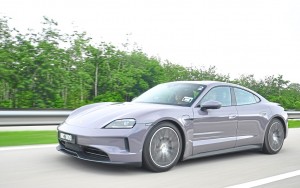
Porsche Taycan E-xperience drive: Kuala Lumpur - Kuantan

Mercedes-Benz E 350 e PHEV: Refined elegance, timeless prest...
Videos

StarCarSifu Editors' Choice Awards 2024: Top winners

The Snowball – Lamborghini’s Heartwarming Christmas Story of...

EVOGO battery swapping solution showcased at IAA Mobility 20...
